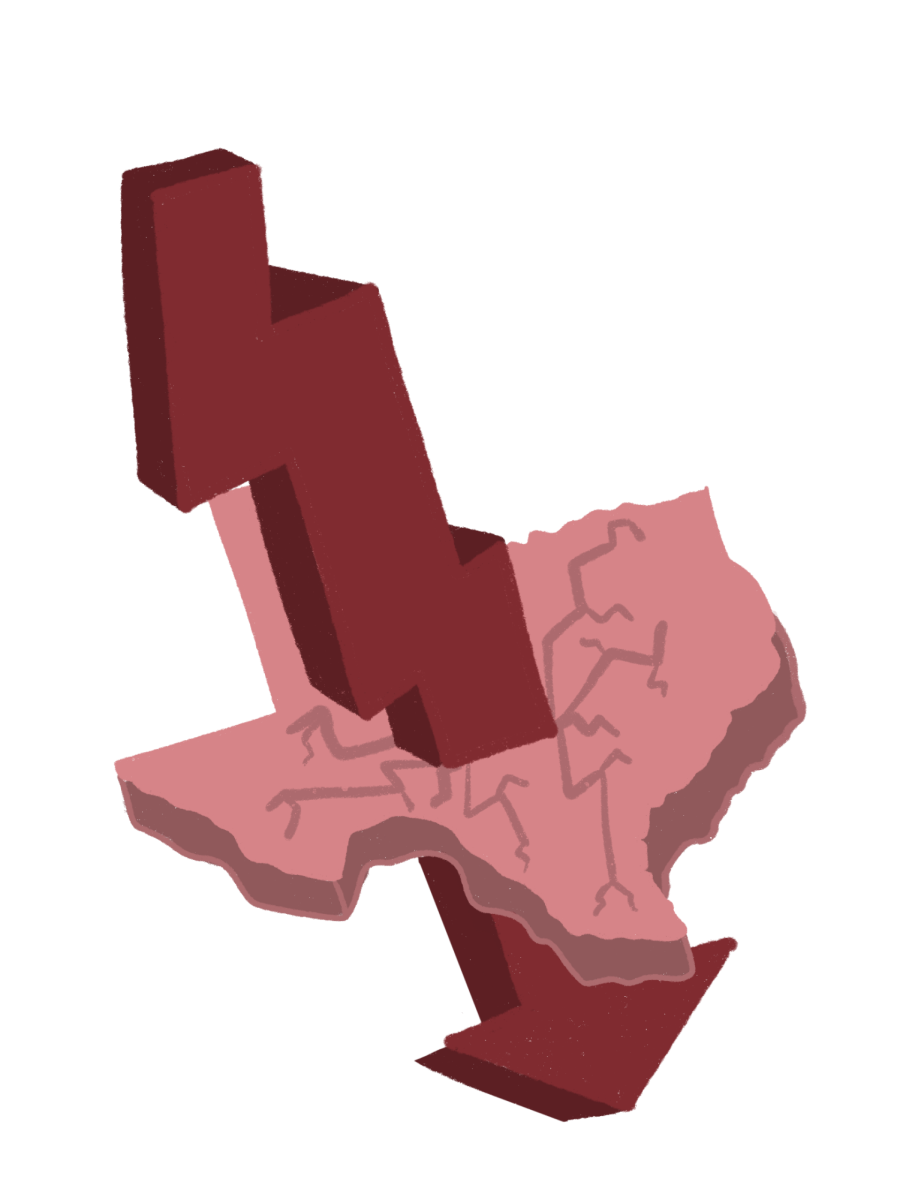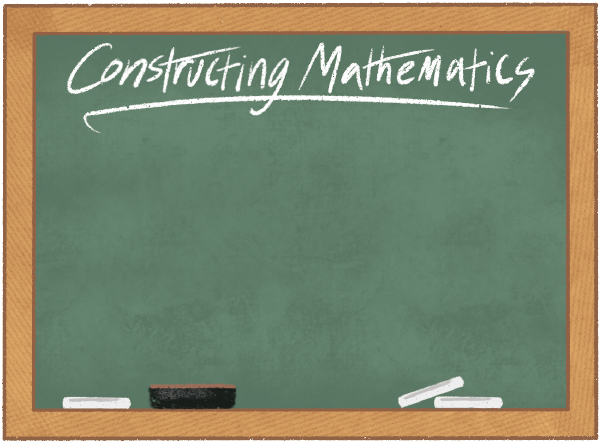In the 2024-25 school year, LASA faced many changes. One loud change is a bell every day at 10:28 a.m. Students may hear the school’s sounds or their teacher’s phone alarm to remind the teachers of a very important task: submitting attendance. Although it is a small and simple change, this quick alarm is keeping the heart of LASA alive.
The presence of students has become important to the Austin Independent School District (AISD) as a whole. This is because the school district has a budget deficit of $110 million, according to AISD, and the money that schools receive from the attendance of a student, the student allotment, has become crucial for sustaining education in the state as a whole. Over 50% of public school districts in Texas are in a deficit. Houston ISD has a deficit of $250 million, and Dallas ISD has a deficit of $186 million. A recent study at Rice University found that 73% of Texas schools are underfunded.
Since 2019, Texas public education students’ allotment has been static. As inflation has grown and public school debt with it, the Texas legislature has not responded to the needs and demands of Texas public education. Each year, workers for school districts attempt to work with the legislature to raise the student allotment from its current $6,160. Edna Butts, director of Intergovernmental Relations & Policy Oversight at the Office of the General Counsel for AISD, is one of these workers.
“I would guess that every single school district in the state advocates for raising the basic allotment,” Butts said. “And it’s also on the greater priorities of the Austin Chamber of Commerce, which also has that as a priority.”
AISD has a student advisory council that provides students with the opportunity to advocate for public education each legislative session. Advisory council member and LASA senior Amari Pandian works closely with Butts and advocates for increasing the allotment and developing AISD’s legislative priorities.
“Part of what the council does is create a list of legislative priorities,” Pandian said. “They’re priorities that push public schools forward. We are anti-voucher, and we are pro-increasing the amount of student allotment.”
Butts and Pandian’s meeting was not a one time occurrence. In fact, the council has held meetings in the past months at the Texas Capitol with legislators and received some support for their priorities.
“Currently, we’re trying to figure out how to partner with the Austin Council of Parent Teacher Association (ACPTA), to try to get a bunch of students together to testify for the legislature,” Pandian said.
However, according to Butts, results can be unguaranteed when it comes to passing legislation. Many bills have already been introduced to increase the allotment in support of public schools, but the actual process makes it difficult for them to get far.
“I don’t think those are the bills that are going to pass,” Butts said. “Because what normally happens is that if there is a significant bill that’s going to do something, like increase school funding, it’s usually carried by the chairman of the committee that will hear the bill. And none of these people are the chairs of the committee.”
Butts believes there is a chance of an allotment increase to make it past the Texas house. However, considering bills require both the Senate and the House vote, the actual decision can be uncertain.
“I don’t think it will pass the Senate,” Butts said. “I am hopeful that it will pass the House. So, if the House passes an increase and sends the bill to the Senate, I don’t know what the Senate will do. It’s just very uncertain, unfortunately.”
Missy Bender, the executive director at Texas School Coalition, is heavily involved in advocating for public education in Austin. Bender explained that although she finds the future for allotment in this session to be uncertain, she’s still holding out hope for change.
“It is early in the legislative session,” Bender said. “We are hopeful that legislators will listen to constituents who remind them that investments in public education strengthen our future workforce and our economy.”
Because the allotment has not been increased since 2019, schools have faced increased costs as a result of inflation. Therefore, Butts believes there should be specific legislation to tackle these costs.
“Hopefully, they’ll raise the basic allotment and include a provision that would automatically adjust [for inflation] every two years,” Butts said.
In opposition to calls from Texas schools’ calls for increased allotment, the Texas legislature is actively pushing for the introduction of vouchers. Vouchers’ main purpose is to provide $10,000 to families in Texas in order to hypothetically give them the choice of public or private education. However, the voucher program would actually be more damaging to public education, and according to AISD, opposing vouchers is a main priority.
“Funding in AISD is by attendance and so if you’re pulling students out of the school, not only are you decreasing enrollment, but you’re decreasing student attendance,” Pandian said. “And then you’re decreasing public school funding. That’s gonna lead to a really, really bad situation for public schools.”
However, according to Butts, besides the drastic effect vouchers can have on public education they have a lot of issues on their own. At times, the voucher bill’s purpose is not well executed or regulated.
“The Senate doesn’t have any parameters or any guardrails around who gets a voucher,” Butts said. “They don’t have a certain income level. So in some states that have vouchers, they prioritize lower income families or families with children with special needs. They prioritize those students. This bill that the Senate passed doesn’t have any of that.”
In addition, vouchers would only provide $10,000 for families to attend private schools, while most are more expensive than $10,000, raising the question of whether families will truly be able to afford the private education the voucher promises. Butts believes that the answer is unclear, especially when considering the high costs parents will need to pay.
“If a private school charges the tuition at $25,000, and a family is just getting $10,000, can the family afford the extra $15,000?” Butts said. “Transportation is another issue. Some private schools don’t have to offer transportation. So, it would depend on whether the parent can transport the child to and from school.”
The voucher also does not include any pricing for students to afford extracurricular activities, which can be expensive at some schools. Butts sees this as a crucial fallacy of vouchers.
“If a student is interested in being in the band or playing a sport, or doing extracurricular activities, does that private school have those?” Butts said. “A lot of that is going to factor into whether or not a student wants to go to a private school or whether they are even able to.”
Pandian has her own disagreements with the private schools vouchers will benefit. She explained that she sees private institutions as less beneficial sources of education.
“Private schools are institutions where you shed your rights at the class gates,” Pandian said. “So from that perspective, it’s a lot harder to have regulation and safety for students.”
Pandian believes that vouchers will be used in Texas differently than in other states and cases. In other cases, vouchers are used for rural cities, but in Texas they will be greatly affecting urban towns.
“I think the way that other states used vouchers is they’ve used it for a district that’s really, really rural and students can’t get to school,” Pandian said. “So they give them private school vouchers so they can have access, but that’s not how we’re using them here.”
Pandian believes the purpose of the voucher may not be beneficial to Texas. She thinks there is not enough information or research available to have a clear understanding of whether vouchers can be beneficial or not.
“There’s no real data to support that in Texas, in the situation that our district is in, it would be helpful to have vouchers,” Pandian said. “And a lot of the rhetoric around why we’re putting in vouchers is to save children from the woke indoctrination.”
To her, private education does not have much more to offer than public education. She argued that any negatives in public education are a direct result of the lack of funding from the Texas legislature.
“I think public school has a lot of merits and a lot of flaws,” Pandian said. “But I would argue that a lot of those flaws come from lack of funding and lack of infrastructure. So getting rid of that funding even more so is just gonna take from public schools. It’s vicious.”
Regardless of the negatives, vouchers are still making their way past the House and into the Senate, and Pandian can see the bill passing in the future. However, she has found resistance to vouchers throughout the Texas legislature.
“I think a lot of people are saying that vouchers are an absolute,” Pandian said. “I was talking to some people in the ACPTA and people within the legislature, and it seems like there is actually bipartisan support for not doing that.”
However, Pandian believes that if vouchers pass, the legislature must make an attempt to proportionally increase the allotment. She explained that this is crucial for public schools since vouchers can already create such a dire effect.
“There’s been some conversation. I don’t know if this is within the legislature, but I know that in meetings we have talked about, if they’re gonna pass vouchers, then they need to increase the student allotment to the amount that vouchers will be,” Pandian said. “So, if we’re giving kids $10,000 to go to private school, we also increase the student allotment to 10,000.”
A major factor for AISD specifically is the recapture program, or nicknamed the Robin Hood. The recapture program takes 50% of the AISD budget and 25% of the Austin taxpayer dollars and redistributes them to surrounding school districts that have less property taxes and therefore a smaller budget.
“The recapture log was first instituted to provide school districts that don’t collect a lot of property taxes budget,” Butts said. “These school districts, therefore they weren’t able to spend a lot of money on their school, and therefore [the] Texas legislature created this law that classified some school districts as property wealthy and some as property poor, and so this is how recapture came about.”
However, according to Butts, now that Austin and AISD have grown in size, the recapture program is outdated. It is not clear whether or not it should still be enforced, considering the sheer amount of money being distributed would be enough to recover AISD from its deficit. Yet many of these school districts are still in a deficit themselves, and Butts believes the recapture should continue, just changed to be more effective with the current financial situation.
“It’s supposed to be used to equalize funding for all school districts in the state, and so that’s not going to go away, and it probably shouldn’t go away,” Butts said. “But the amount of recapture that the states are collecting is really, really extreme.”
It may appear to be a difficult task to assist so many school districts with their deficits. However, Butts makes it clear that this is not true. In fact, there aren’t many barriers keeping the allotment from being raised other than the legislature actually implementing it.
“Last session, the legislature had a 32 billion dollar surplus, and they didn’t raise it by a nickel, so it’s not due to lack of effort. “
Butts had clarified that she and AISD are preparing for there to be no increase in funding this 2025 session. In fact, AISD is already implementing a hiring freeze and Eanes has had to make some cuts themselves.
“All school districts are going through this,” Butts said. “They’re looking at their budgets and seeing how they can cut. Eanes ISD is closing a campus. They just announced it a couple weeks ago. Some school districts are increasing class sizes. They’re closing campuses and consolidating closed campuses within another campus.”
As school districts search for a way out of their debt, many community members, parents, and even students have stepped into the role of helping the public education system’s funding that the legislature has not increased. Bender acknowledges that regardless of any change in funding, school districts and community members will still find a way to carry out public education.
“Funding for public education has not kept up with rising costs,” Bender said. “As a result, Texas ranks 46th in the country in per-pupil spending. Students, parents, and educators have worked very hard to ensure that our schools continue to carry out their mission in difficult circumstances. Our legislators can certainly help our students succeed by making needed, overdue investments in public education.”













